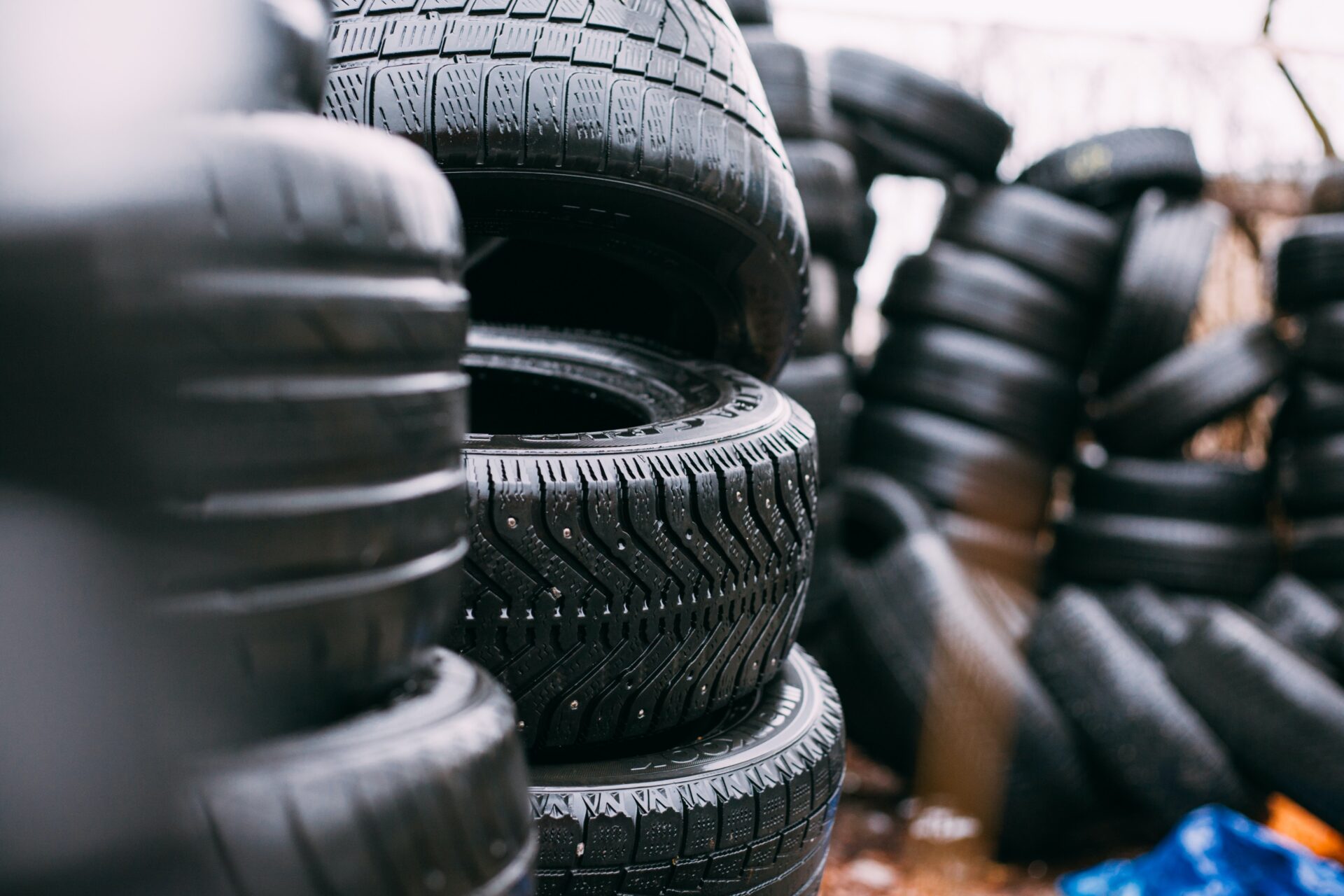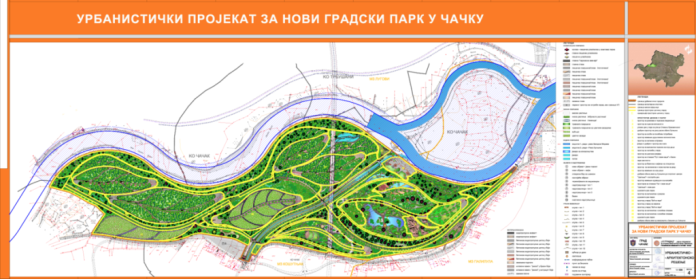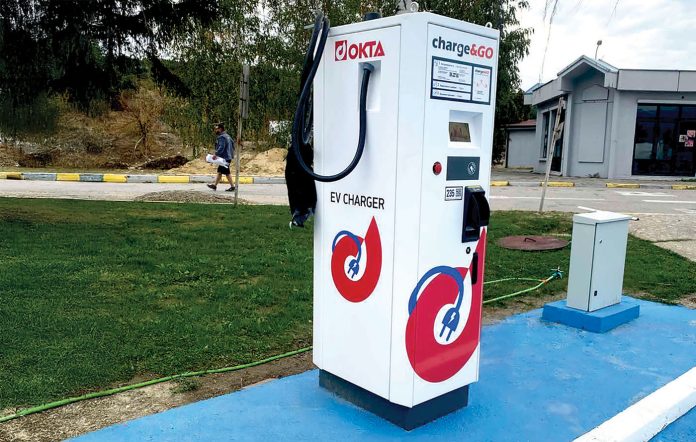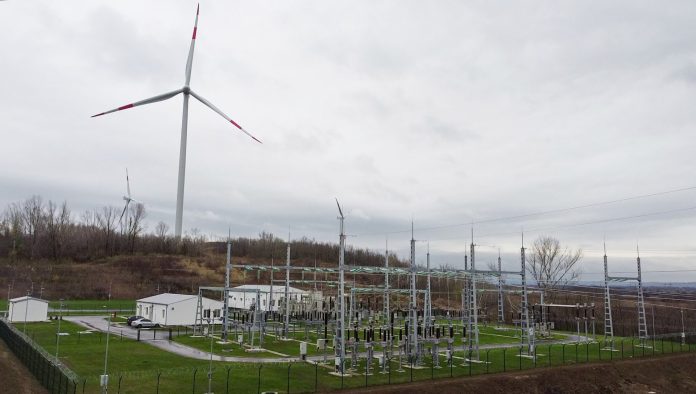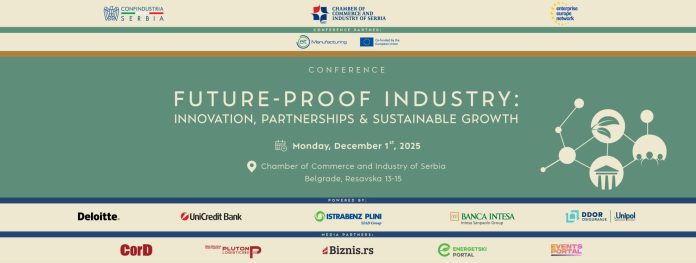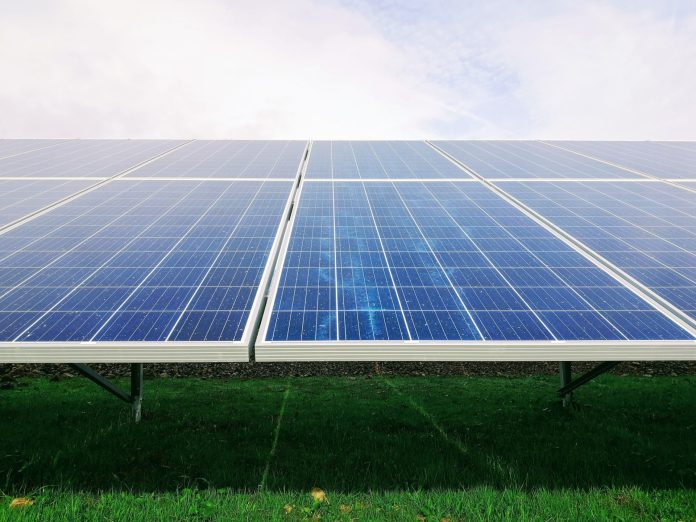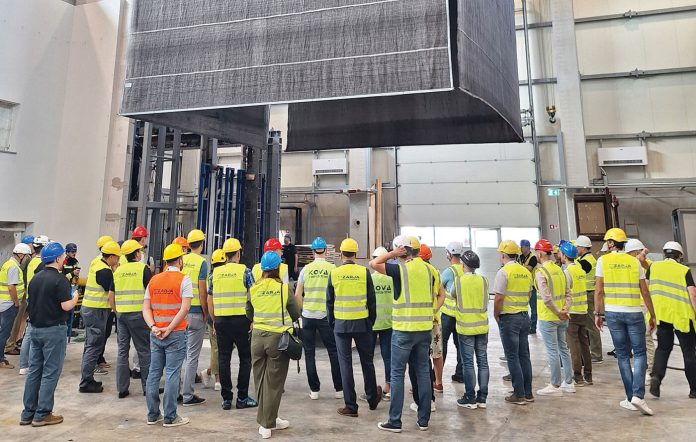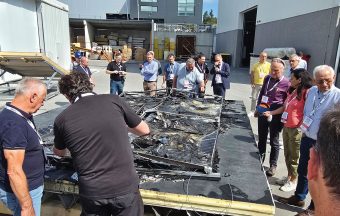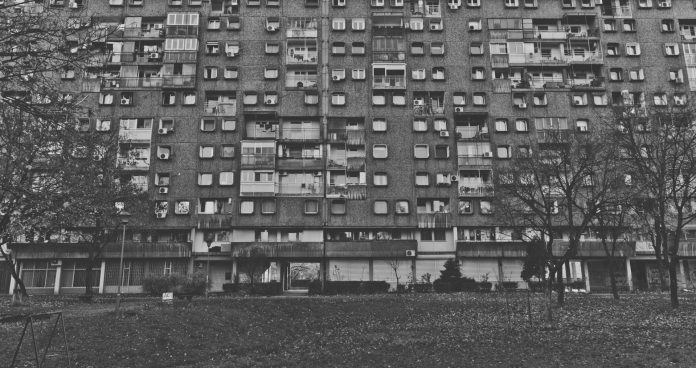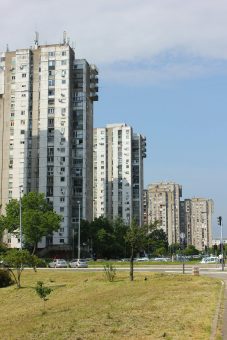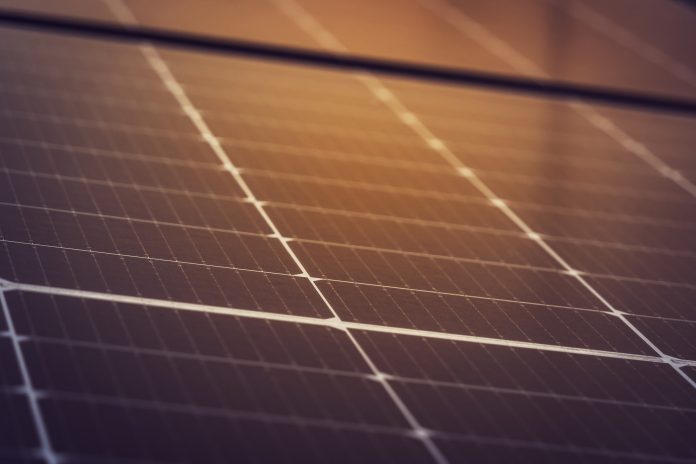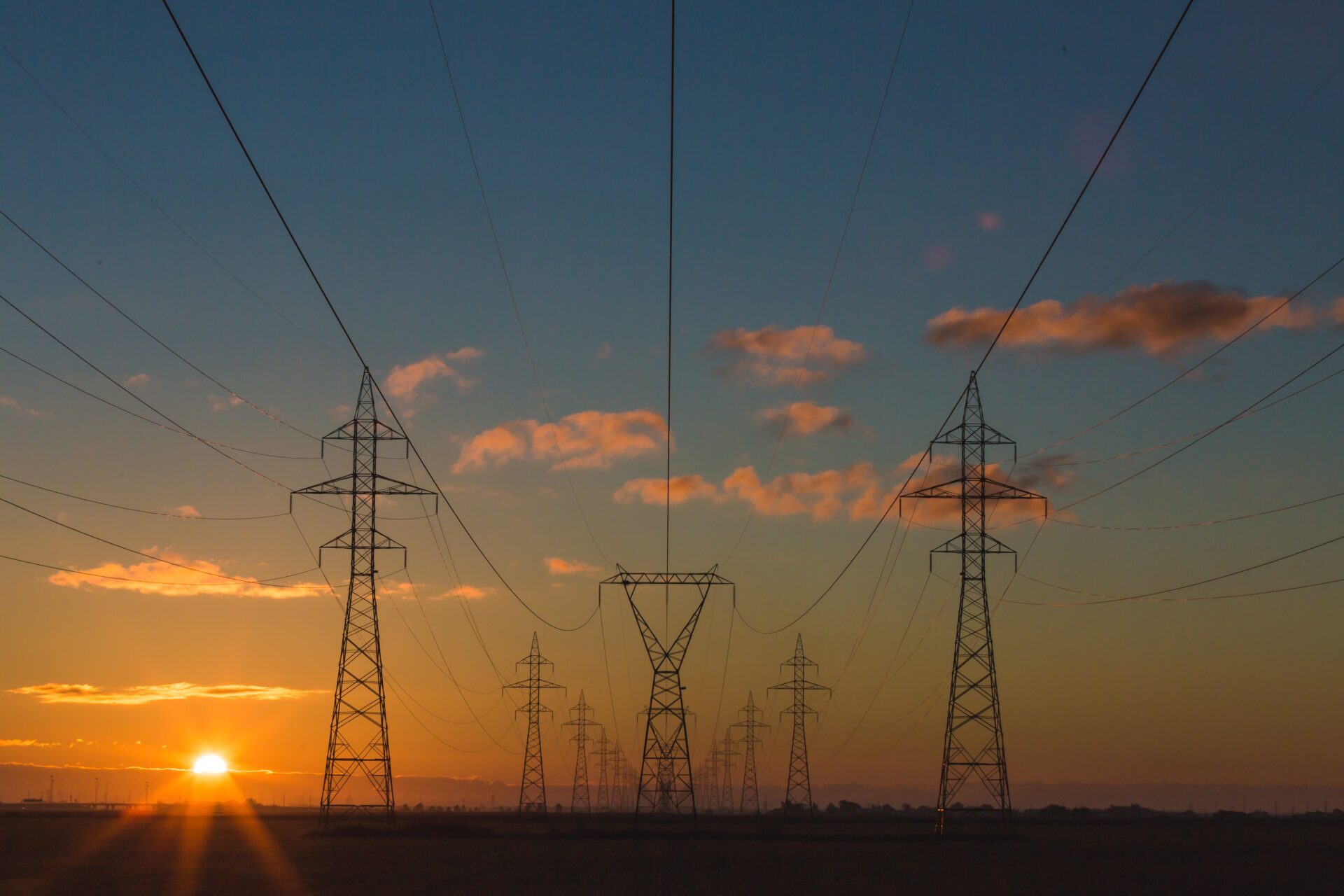The National Assembly has adopted three new laws regulating the oil and gas sector, which — as stated — will contribute to greater security, quality, and reliability of supply to the domestic market, as well as alignment with European Union regulations. These include the Oil Law, the Gas Law, and the Law on Mandatory Reserves of Oil, Oil Derivatives, and Natural Gas.
According to Dubravka Đedović Handanović, Minister of Mining and Energy, the oil sector plays a key role in Serbia’s energy security.
“Regardless of the challenges we face due to global crises and geopolitical tensions, our task is to ensure sufficient energy supplies for the domestic market and create conditions for a more efficient functioning of the energy system,” the minister emphasized. She added that the new laws will more clearly define the roles and obligations of all stakeholders in the sector, so that each actor, by fulfilling their part of the work, contributes to maintaining energy security in coordination with the Government and the Ministry.
More:
The Oil Law consolidates into a single framework all provisions previously regulated through several laws and numerous by-laws. The law also defines the level of operational reserves of oil derivatives and other energy sources that producers and traders of derivatives, producers of heat and electricity, as well as producers of heat from natural gas, are required to secure.
Regarding the adoption of a separate Gas Law, special attention has been given to ensuring the security of supply, including measures to be taken in the event of disruptions in the operation of the transmission or distribution system or disturbances on the market. In addition, the law regulates the certification process for natural gas storage operators before the Energy Agency, thereby fully aligning the draft with EU regulations in the area of natural gas storage. The adoption of the law will also contribute to harmonizing domestic legislation with the EU regulatory framework, as well as enhancing cooperation among countries in the region in cases of supply crises.
By adopting the Law on Mandatory Reserves of Oil, Oil Derivatives and Natural Gas, provisions related to mandatory reserves — currently regulated through multiple laws and by-laws — will also be consolidated into a single piece of legislation that clearly defines the rights and obligations of all participants involved in establishing and maintaining mandatory reserves.
Energy portal



